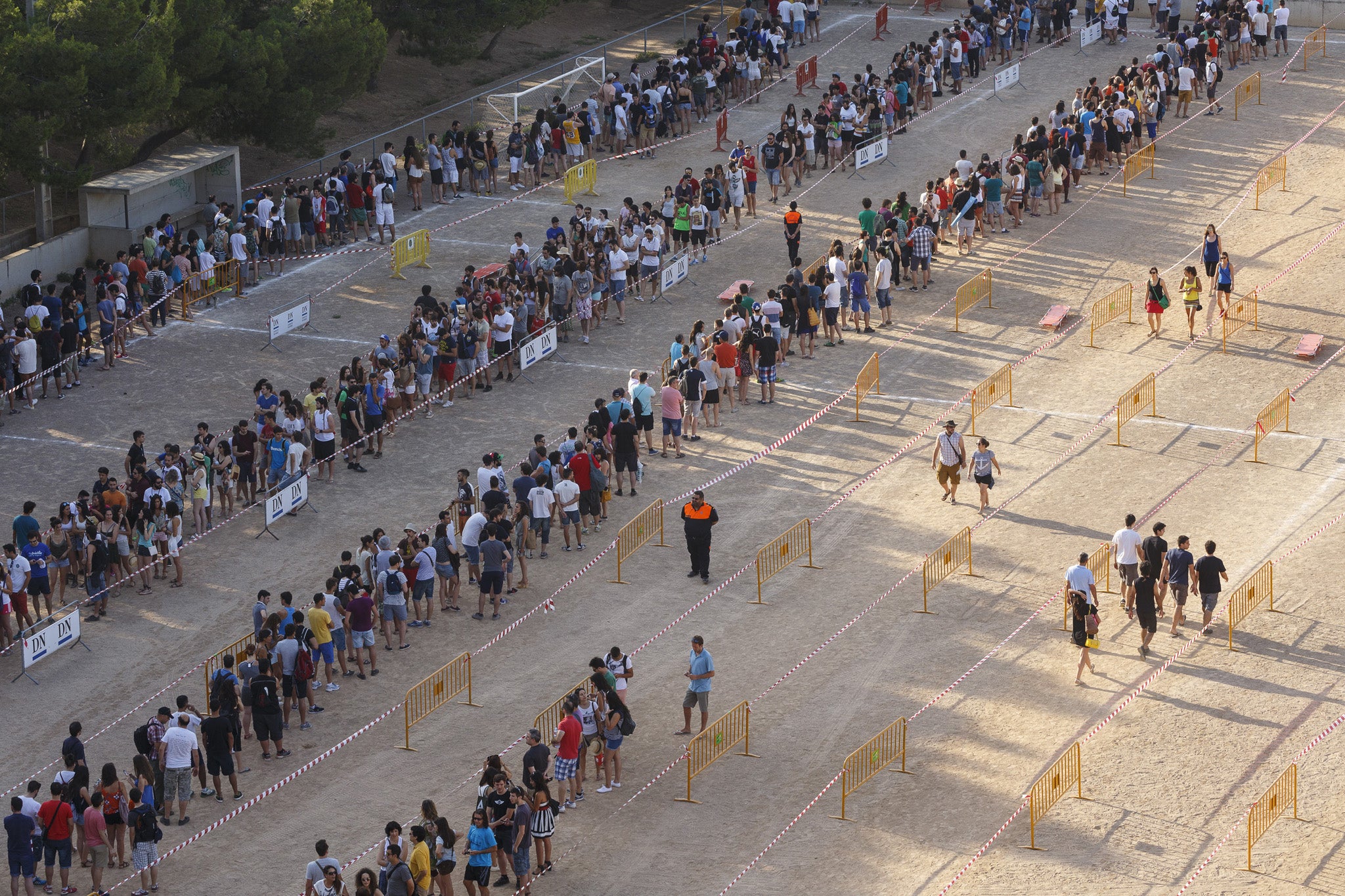Google Popular Times: new Maps tool gathers location data to help people beat queues
By looking to see when people are most often at certain locations, Google plans to help people find the best time to go shopping or go to the gym

Google has unveiled a new feature that it hopes will stop people ever needing to queue again.
Google’s Popular Times tool scans through location data to find when phones most often tend to visit certain locations, like coffee shops or the gym. It then uses that data to give a simple graph showing what times places are most busy, helping people skip the queues.
Android smartphones, and iOS phones using Google apps, track their location and send it back to Google. The company then uses that data to show users’ relevant information and stitches it together to work out whether there is traffic.
It appears to be doing the same to work out how busy certain shops are, collecting data and sticking it together to work out when phones tend to be taken to certain places, though Google didn’t say whether that was how the data was assembled. That data will then be shown on company’s business pages, which can be accessed on Google Maps or through a search.
Google said that the data will be available for “millions of places and businesses”, though not all businesses seem to have the feature enabled.
The company revealed a new tool last week known as Your Timeline, which rounded up all of the location information that Google stores and shows it in a list and graphs. But the feature was quickly criticised by some, who were worried about the vast amount of personal data that Google is able to collect.
Join our commenting forum
Join thought-provoking conversations, follow other Independent readers and see their replies
Comments